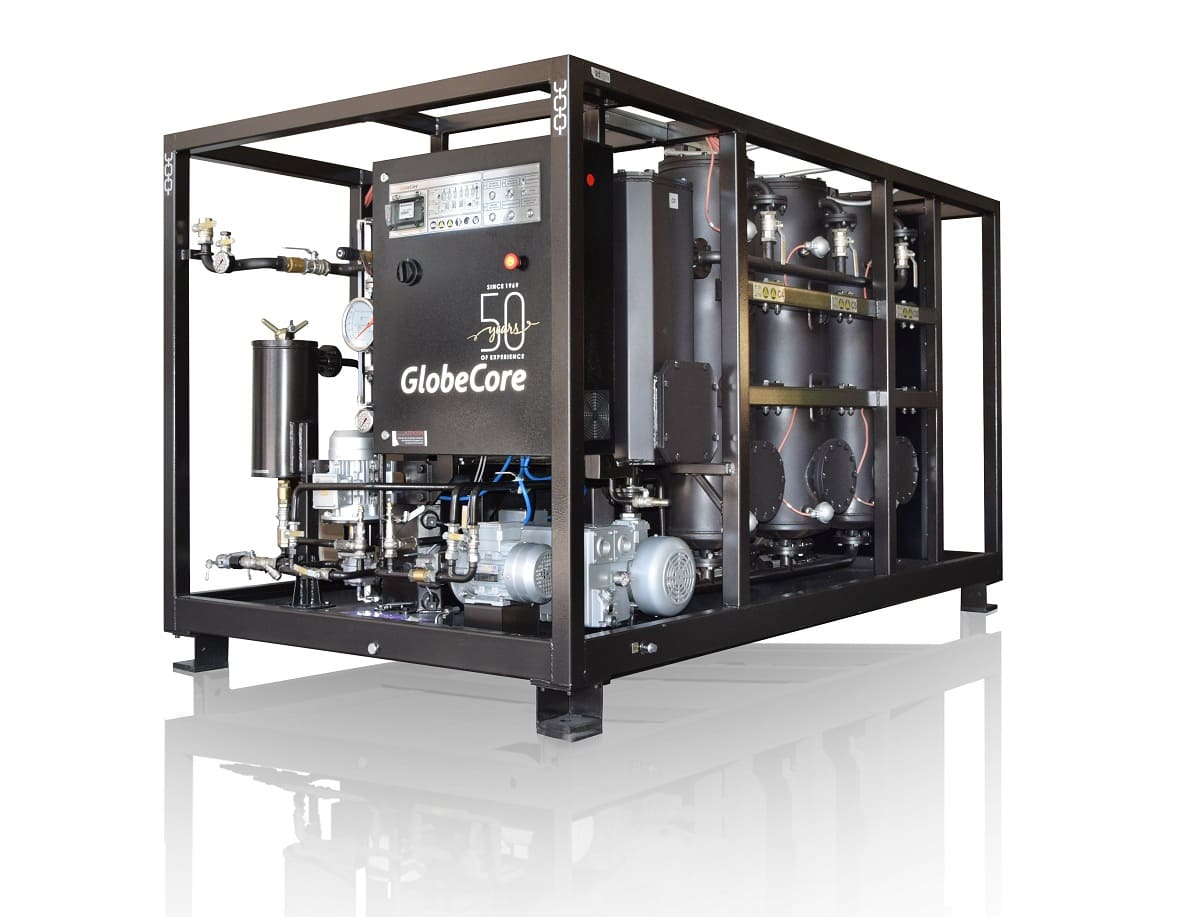What are the PCB limits in transformer oil?
- This topic has 1 reply, 2 voices, and was last updated 1 year, 3 months ago by .
Answers
-
September 10, 2024 at 11:17 am by Sonia Patel
PCB limits in transformer oil refer to the maximum allowed concentration of polychlorinated biphenyls (PCBs), which are classified as hazardous substances due to their environmental and health risks. In many countries, regulations set PCB limits in transformer oil to ensure safety and compliance. For instance, in the United States, the Environmental Protection Agency (EPA) has established a PCB limit of less than 50 parts per million (ppm) for the disposal of transformer oil containing PCBs. Other regulations may vary globally, but they generally align with the principle of minimizing PCB presence in transformer oils to prevent leakage and contamination. It is essential for operators to regularly test transformer oil for PCB levels, and to follow stringent cleaning and regeneration processes to adhere to these limits and maintain equipment efficiency while ensuring environmental protection.



